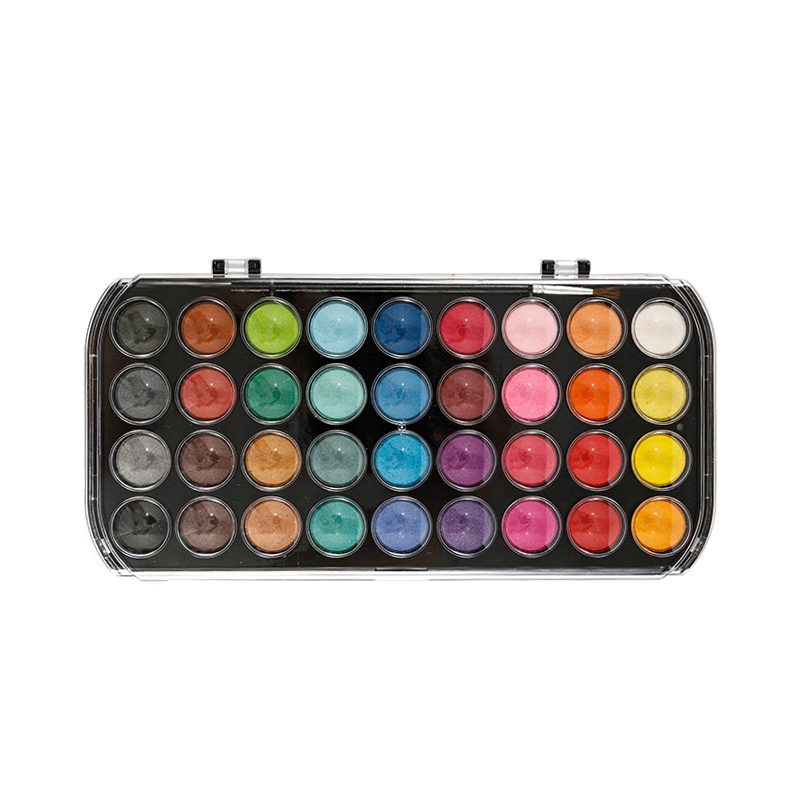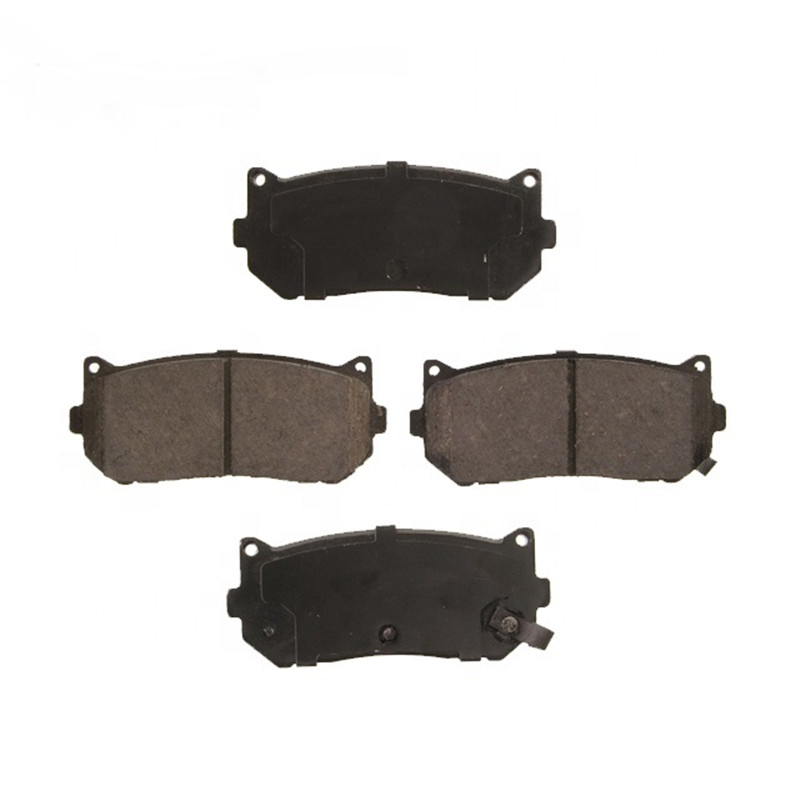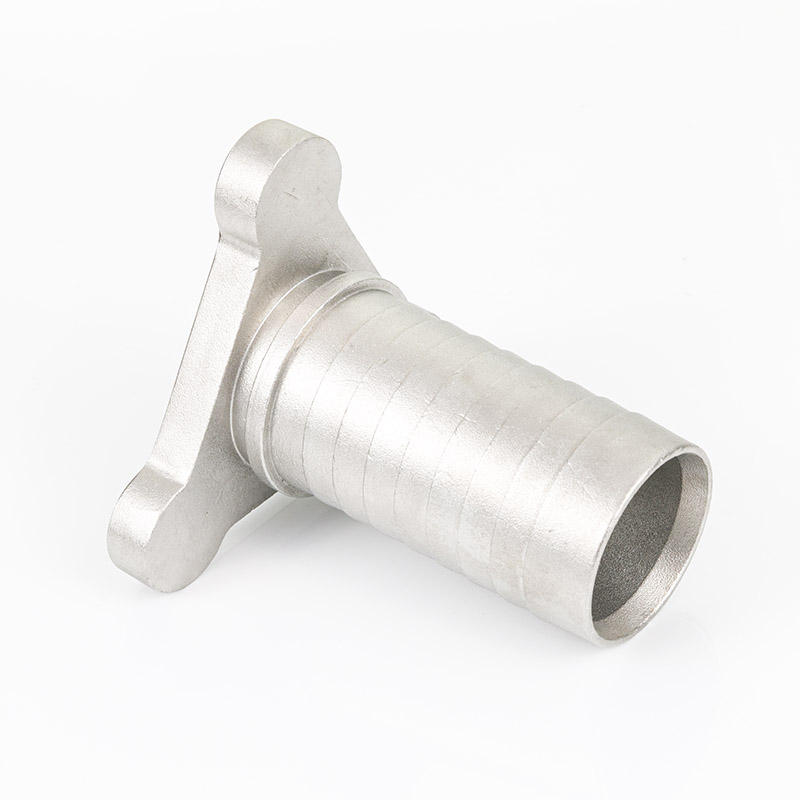Life Jacket
A life jacket, also known as a personal flotation device (PFD) or life vest, is a crucial piece of safety equipment designed to keep a person afloat in the water. These devices are used to prevent drowning and provide buoyancy, making them essential for water safety in various activities such as boa......
Send Inquiry
Product Description
A life jacket, also known as a personal flotation device (PFD) or life vest, is a crucial piece of safety equipment designed to keep a person afloat in the water. These devices are used to prevent drowning and provide buoyancy, making them essential for water safety in various activities such as boating, swimming, kayaking, and water sports. Here are some key aspects of life jackets:
1. Buoyancy: Life jackets are designed to provide buoyancy and keep the wearer afloat in the water. They are typically filled with materials that allow them to float and keep the person's head above water.
2. Types: There are different types of life jackets designed for various activities and water conditions. These include Type I, Type II, Type III, and Type V life jackets, each with specific features and buoyancy ratings.
3. Fit: A properly fitting life jacket is essential for safety. Life jackets come in various sizes to accommodate different body shapes and weights. It's crucial to select a life jacket that fits snugly and comfortably without being too loose or too tight.
4. Design: Life jackets are available in various designs, including inflatable and inherently buoyant styles. Inflatable life jackets are compact and comfortable to wear but require manual or automatic inflation. Inherently buoyant life jackets use foam or other buoyant materials to provide floatation without inflation.
5. Regulations: Depending on the activity and location, there may be specific regulations governing the use of life jackets. Boating, in particular, often has regulations requiring the use of PFDs for all passengers, and these regulations can vary by jurisdiction.
6. Child and Infant Life Jackets: Special life jackets designed for children and infants are available to ensure their safety while in or near the water. These jackets are designed to provide proper buoyancy for smaller bodies.
7. Proper Maintenance: Regular inspection and maintenance of life jackets are important to ensure they function properly. This includes checking for any signs of wear and tear, ensuring that buckles and zippers work correctly, and keeping them clean and dry when not in use.
Life jackets are an essential safety tool, especially when engaging in water activities where there is a risk of drowning. It is crucial to wear a suitable life jacket that meets safety standards and is appropriate for the specific water activity you are participating in. Always follow safety guidelines and regulations to ensure a safe and enjoyable experience in and around the water.










